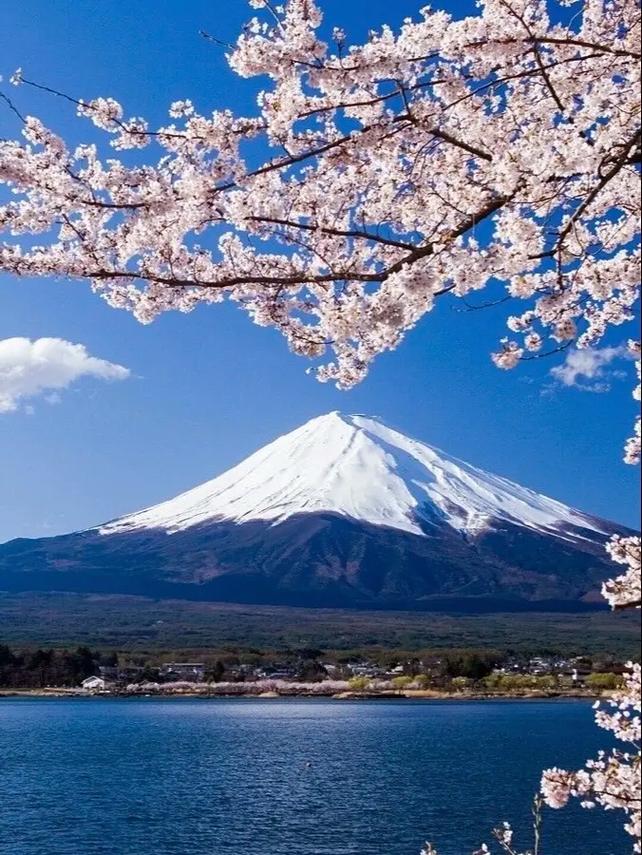Global Travel Information
Thar Desert, India/Pakistan
The Thar Desert: A Land of Extremes and Enchantment
Stretching across northwestern India and southeastern Pakistan, the Thar Desert is one of the most fascinating and ecologically diverse deserts in the world. Covering an area of approximately 200,000 square kilometers, it is also known as the Great Indian Desert. Unlike the barren, lifeless image often associated with deserts, the Thar is a vibrant mosaic of sand dunes, scrub forests, and seasonal wetlands, teeming with life and cultural richness.
Geography and Climate
The Thar Desert spans the Indian states of Rajasthan, Gujarat, Punjab, and Haryana, as well as the Pakistani provinces of Sindh and Punjab. Its landscape is dominated by rolling sand dunes, some reaching heights of up to 150 meters, interspersed with rocky plains and salt flats. The desert’s climate is extreme, with scorching summers where temperatures soar above 50°C (122°F) and chilly winters where nighttime temperatures can drop near freezing.
Rainfall is scarce and erratic, averaging less than 250 mm per year, yet the Thar is far from lifeless. The monsoon season brings brief but vital rains, transforming parts of the desert into temporary oases. These seasonal water sources sustain a surprising variety of flora and fauna, making the Thar one of the most biologically rich deserts in the world.

Biodiversity: Life in the Arid Wilderness
Contrary to popular belief, the Thar Desert is home to a remarkable array of wildlife. The region hosts over 140 species of birds, including the majestic Indian bustard, a critically endangered species, and the desert fox, chinkara (Indian gazelle), and blackbuck. The desert also shelters reptiles like the spiny-tailed lizard and the deadly saw-scaled viper.
One of the most iconic species of the Thar is the Indian wild ass (Equus hemionus khur), found primarily in the Little Rann of Kutch. These hardy animals have adapted to the harsh conditions, surviving on minimal water and sparse vegetation. The Desert National Park in Rajasthan serves as a crucial conservation area, protecting rare species like the great Indian bustard and providing a sanctuary for migratory birds.
Human Settlements and Culture
The Thar Desert has been inhabited for millennia, with evidence of ancient civilizations like the Indus Valley people who once thrived in this region. Today, it is home to diverse communities, including the Rajputs, Jats, Bhils, and Sindhis, each with their own distinct traditions.
The desert’s inhabitants have developed ingenious ways to survive in this unforgiving environment. Stepwells (baoris) and traditional rainwater harvesting systems (khadins) have been used for centuries to conserve water. The people of the Thar are also known for their vibrant culture—colorful attire, folk music, and dance forms like the Ghoomar and Kalbeliya reflect their resilience and creativity.
Cities like Jaisalmer, Bikaner, and Jodhpur in India, and Umerkot and Tharparkar in Pakistan, are cultural hubs where ancient forts, havelis (mansions), and temples stand as testaments to the region’s rich history. Jaisalmer, often called the "Golden City," is famed for its sandstone architecture and the sprawling Jaisalmer Fort, a UNESCO World Heritage Site.
Challenges and Conservation Efforts
Despite its beauty, the Thar Desert faces numerous challenges. Desertification, caused by overgrazing, deforestation, and climate change, threatens the fragile ecosystem. Water scarcity is a constant struggle, with many villages relying on government-supplied tankers during droughts.
Efforts are underway to combat these issues. Afforestation projects, such as the Indira Gandhi Canal in Rajasthan, have brought water to arid regions, enabling agriculture in previously barren lands. Solar energy projects are also gaining momentum, harnessing the desert’s relentless sunshine to generate power sustainably.
Tourism: Exploring the Mystique of the Thar
Tourism plays a significant role in the Thar’s economy. Visitors are drawn to its stark beauty, camel safaris across the dunes, and the annual Pushkar Camel Fair, a vibrant spectacle of trade and festivities. The Sam Sand Dunes near Jaisalmer offer breathtaking sunset views, while the Rann of Kutch transforms into a surreal white desert during the dry season.
For those seeking adventure, the Thar provides endless opportunities—from off-roading in the dunes to exploring abandoned villages and ancient temples. Eco-tourism initiatives promote responsible travel, ensuring that visitors leave minimal impact on this delicate environment.
Conclusion: A Desert Like No Other
The Thar Desert is more than just a vast expanse of sand—it is a land of contrasts, where life flourishes against all odds. Its unique biodiversity, rich cultural heritage, and breathtaking landscapes make it a place of wonder and resilience. As climate change and human activity pose increasing threats, the need for sustainable development and conservation becomes ever more urgent.
For now, the Thar remains a mesmerizing destination, offering a glimpse into a world where nature and humanity coexist in harmony despite the harshest of conditions. Whether through its wildlife, its people, or its timeless landscapes, the Thar Desert continues to captivate and inspire all who venture into its golden embrace.
相关文章
- Elbe River Botanical Gardens: Flowers & Plants Along the Banks
- Elbe River Zoos & Aquariums: Family Fun Near the River
- Elbe River Amusement Parks: Rides with River Views
- Elbe River Camping Spots: Pitch a Tent by the Water
- Elbe River Glamping Sites: Luxury Camping Along the Banks
- Elbe River RV Parks: Stay in Your Camper Near the River
- Elbe River B&Bs: Cozy Accommodations with a Personal Touch
- Elbe River Hostels: Budget Stays for Young Travelers
- Elbe River Business Travel Guide: Meetings & Events Near the Water
- Elbe River Conference Venues: Spaces with River Views
发表评论
评论列表
- 这篇文章还没有收到评论,赶紧来抢沙发吧~


